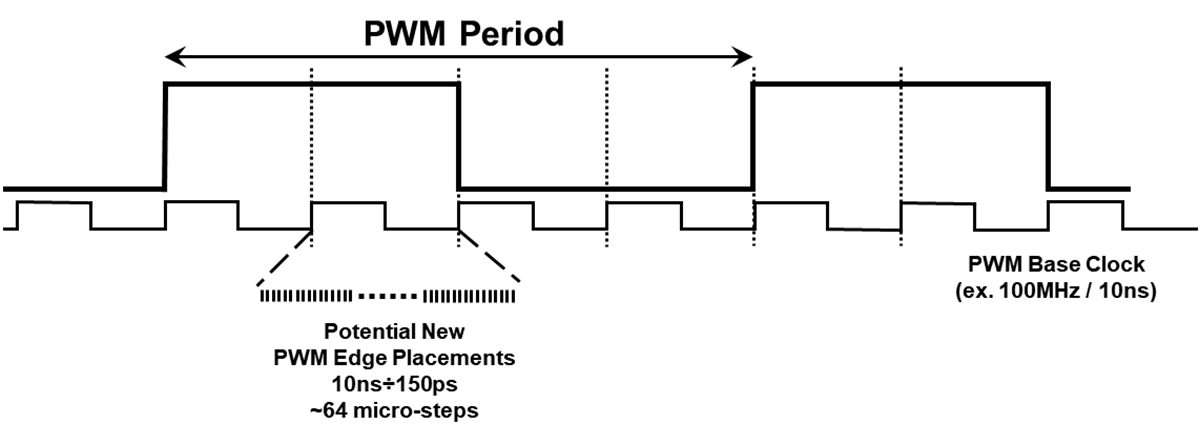SLYY221 November 2023 ADC12DJ5200RF , ADS124S08 , ADS127L11 , AFE2256 , REF35 , REF70 , TPS62912 , TPS62913 , TPS7A94 , TPSM82912 , TPSM82913 , UCC5880-Q1
- 1
- Overview
- At a glance
- Why high voltage?
- Optimizing wide-bandgap FET performance with component innovations
- Selecting the right gate drivers
- Selecting the right controllers
- Maximizing power density with topology innovations
- Achieving extreme efficiency targets with system-level innovation
- Addressing EMI challenges
- Conclusion
- Additional resources
Selecting the right controllers
In today’s high-voltage systems, magnetic components occupy a large portion of the overall power-conversion stage. To reduce the size of magnetic components, you must increase the operational frequency. What follows is a need for dedicated digital control to manage the diverse high-performance requirements of high-voltage systems. These controllers need to operate in real time, accurately measuring system parameters (such as voltage, current and temperature); applying control algorithms to calculate the output commands; and supporting the high frequencies needed to improve power density. The key to real-time control is to minimize the time between sensing, processing and control functions. Better real-time signal-chain performance results in a faster transient response, more stable and precise power conversion, and higher power density.
One challenge in real-time control is limiting cycling, which refers to the inability of the pulse-width modulation (PWM) output to physically converge on the mathematical solution to the control law. This causes the PWM output to oscillate around the true solution, resulting in instability in the control system. High-resolution PWM (HRPWM) modules on microcontrollers (MCUs) such as TI’s C2000™ real-time MCUs have the ability to modulate the PWM edge in 150-ps increments. This represents a sixtyfold improvement over traditional PWM creation techniques based off of the system clock rate (see Figure 6) and can realize a higher order of accuracy in PWM edge placement. A waveform’s period, phase relationship to its complement, and deadband insertion time can all help realize this high-resolution technology.
 Figure 6 HRPWM capability vs.
traditional PWM generation methods.
Figure 6 HRPWM capability vs.
traditional PWM generation methods.Another real-time control challenge comes with the need for unique fault protection in a three-level inverter topology. Instead of immediately switching all of the FETs off simultaneously in a two-level inverter, for a three-level inverter you must maintain the correct switch-off sequence in order to avoid damaging the FETs. In the past, some designers have used external hardware circuits such as a field-programmable gate array (FPGA) or complex programmable logic device (CPLD) to achieve this level of protection, but these circuits increase system costs and development efforts.
To solve this problem, the C2000 configurable logic block provides a mechanism for creating custom logic inside the chip through software, offering a simpler option to replace the functionality achieved by an external FPGA or CPLD, and helping lower system costs and development effort.
Wide band-gap devices can help greatly increase efficiency and power density – on paper. Without other component innovations such as the isolated gate driver and digital controller, you won’t be able to fully realize efficiency improvements in your designs.